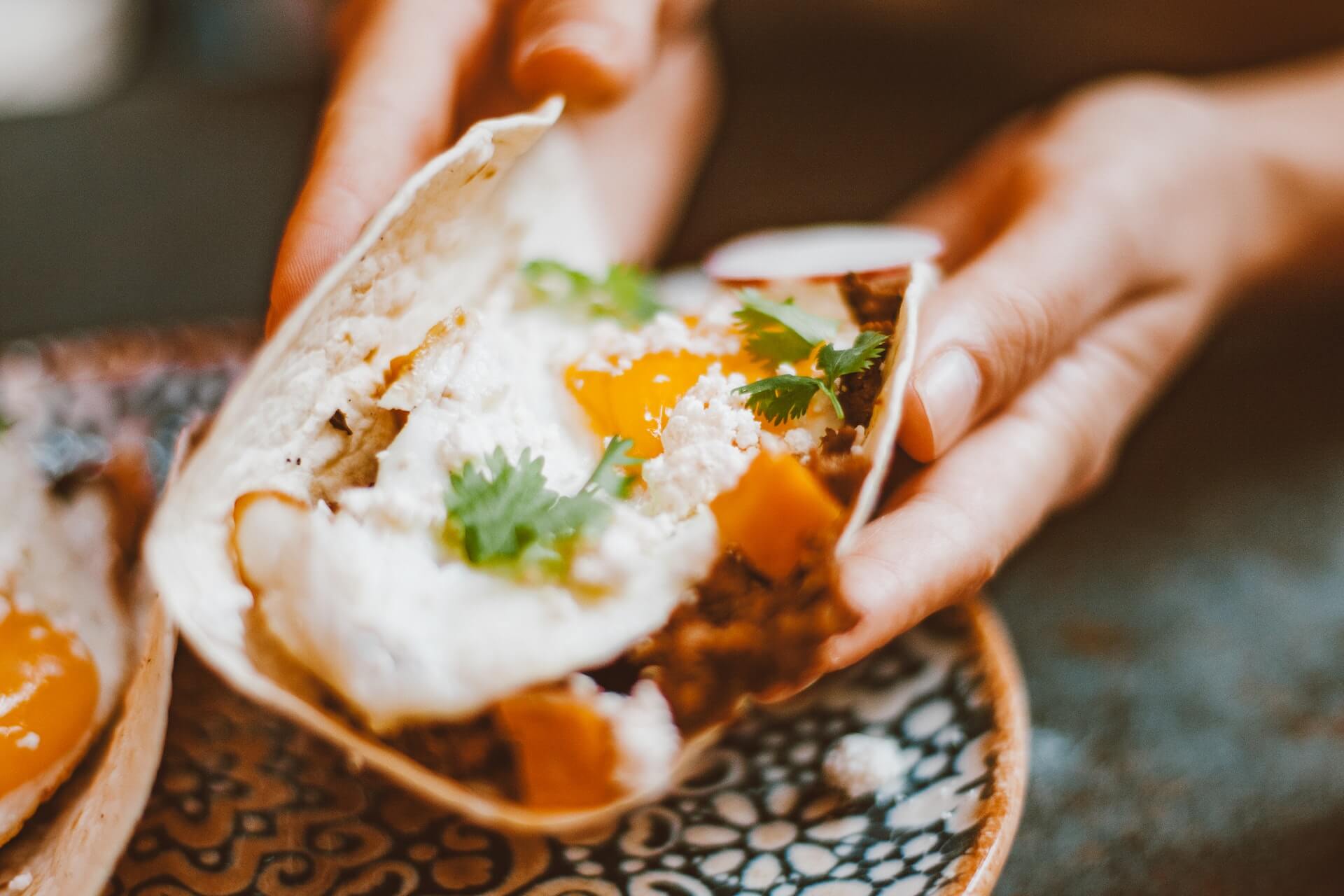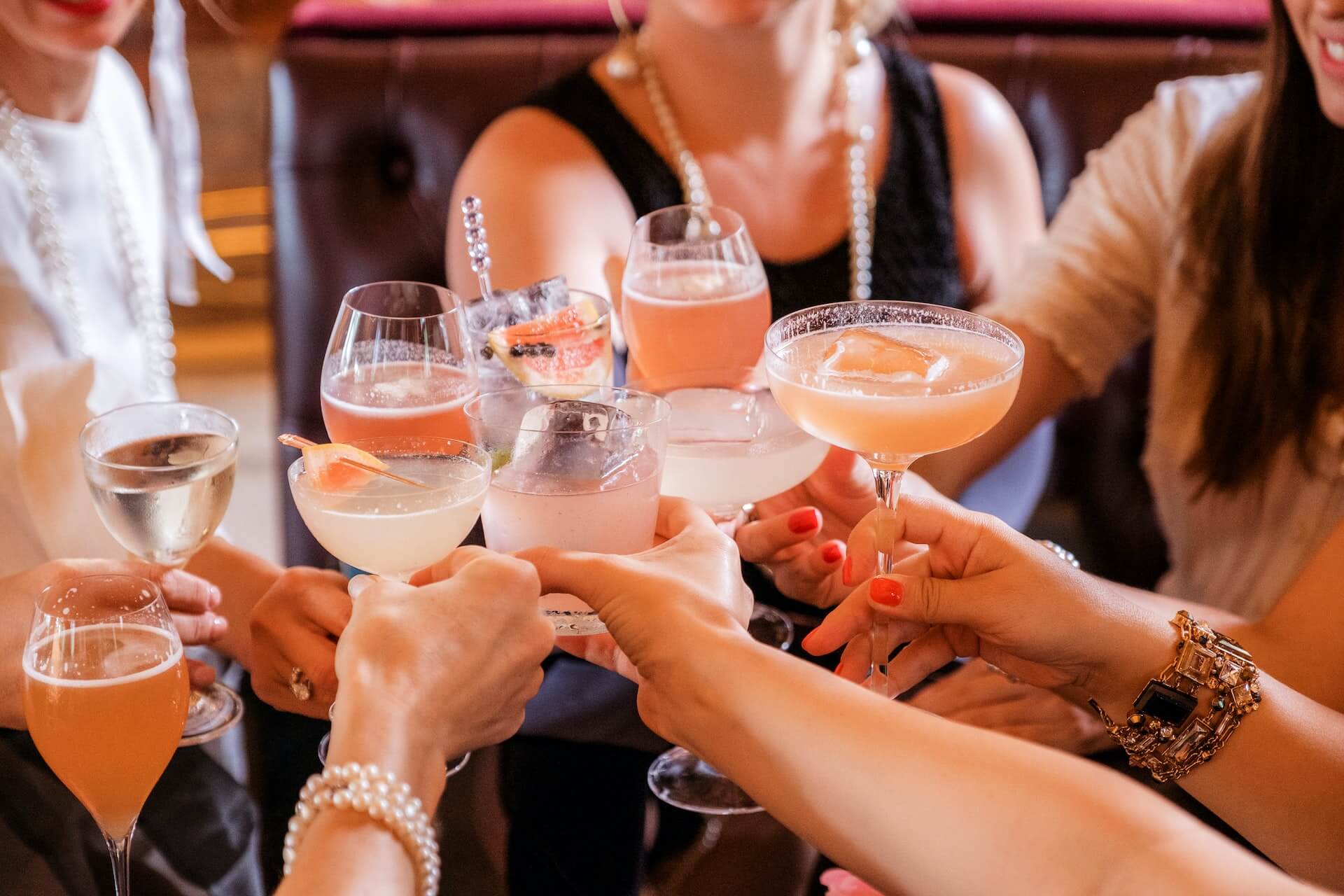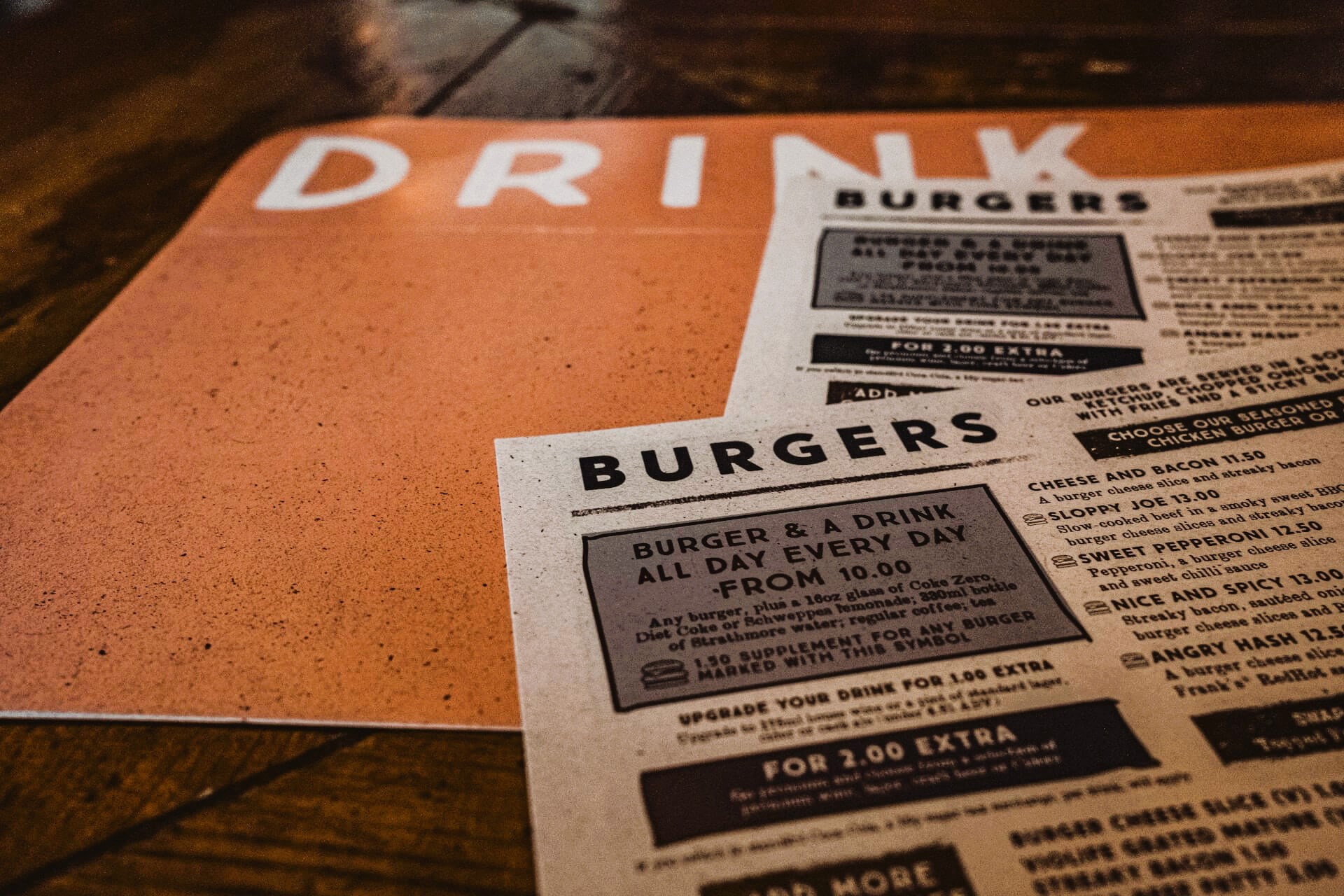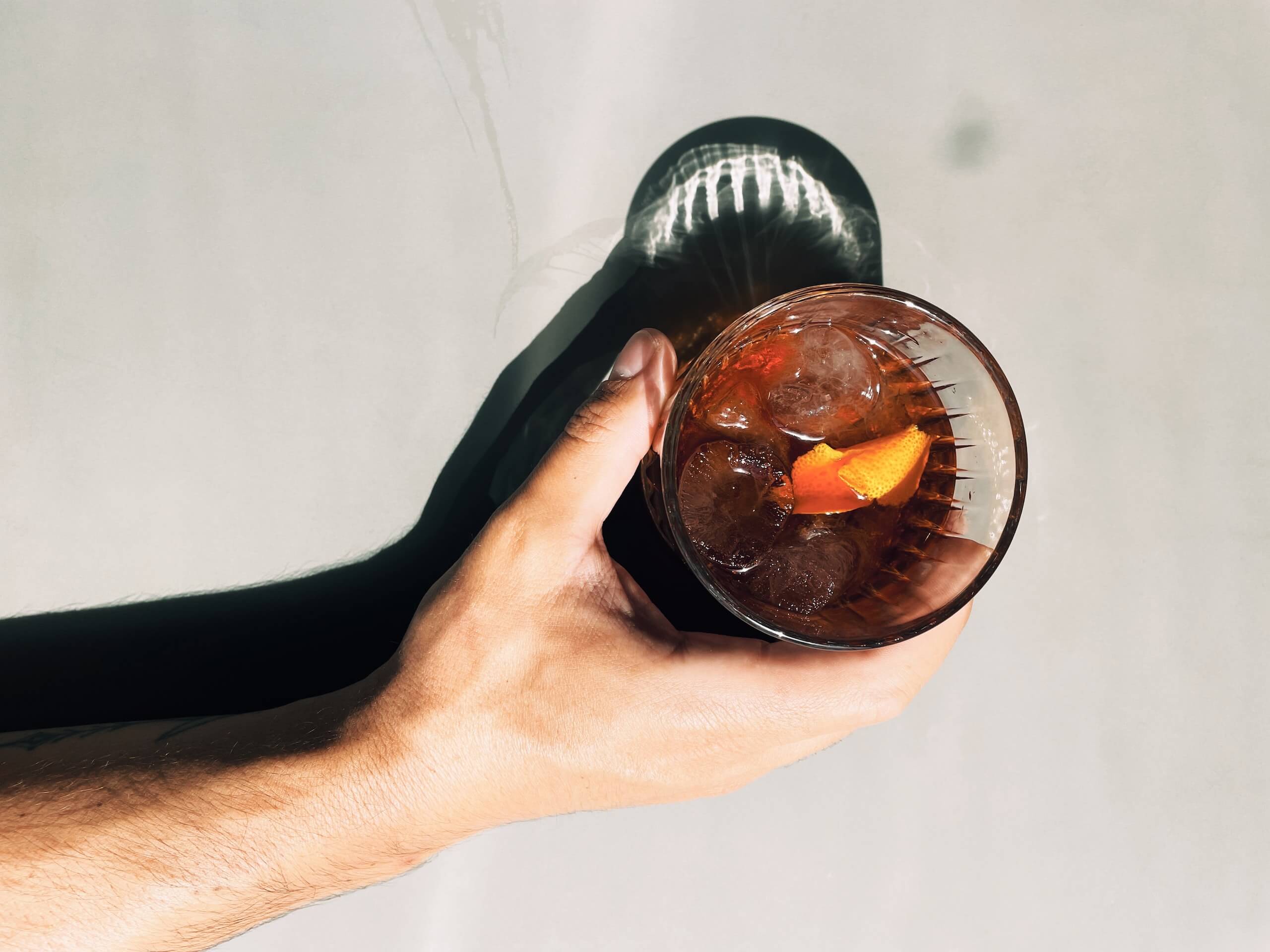This Year’s Big Trend: Personalization
by David Klemt
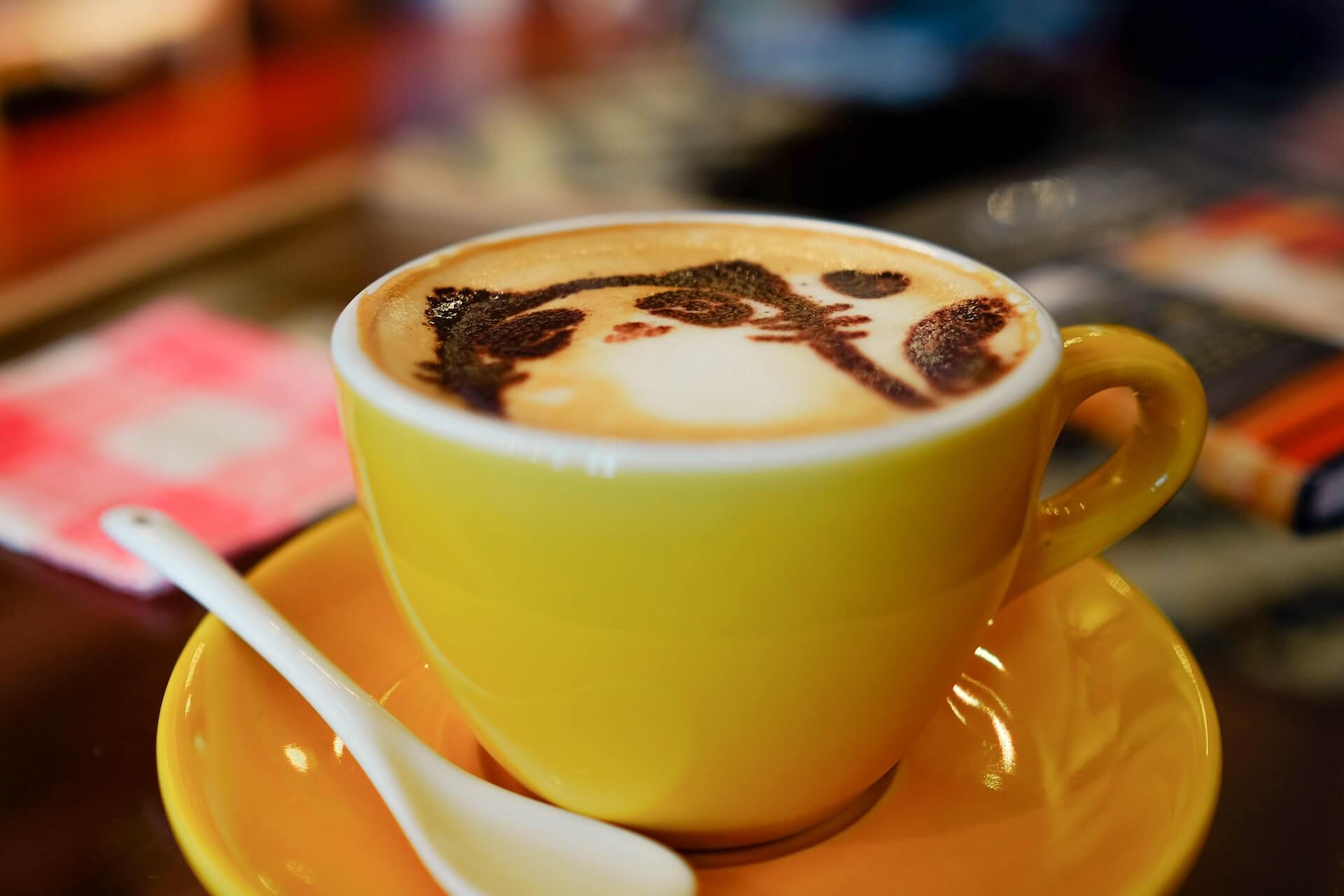
Ripples, the beverage-top media brand, is predicting that 2023 will be the Year of Personalization with a focus on in-person interactions.
Last year, the bev-top brand behind the Ripple Maker II Pro, named moderation as one of the top trends. When we look at the ubiquity of low-ABV drinks, we see that Ripples was right. And when we consider the proliferation of non-alcohol brands, Ripples appears downright prescient.
In other words, Ripples continues to be proven right about moderation.
Three revelatory datapoints and one generation are partly responsible for the brand’s accurate 2022 prediction. First, in comparison to 2019, zero-alcohol products were up 166 percent. Second, the non-alcohol category grew four times faster than its low-ABV counterpart. Third, non-alcohol spirits have grown by over 113 percent since 2020.
The generation Ripples believes is responsible for non-alc’s growth? Gen Z. In part, this is due to social media and the generation’s aversion, speaking generally, to being embarrassed by drunken behavior in front of the world.
So, proven right about last year’s prediction, it’s wise to take Ripples’ 2023 prediction seriously.
Year of Personalization
As Ripples explains, personalization has long been the strength of digital platforms. Be it an online retail platform or music streaming service, personalization is king.
And it’s easy to see why. Using online shopping as an example, think of the typical customer journey.
A shopper signs up, they click around or search for specific items, and they make their purchases. Soon, the platform is emailing the user about sales. Then, emailing the user items they think they’ll like, based on the individual’s data.
The more the user shops, the more targeted the platform’s suggestions and interactions become. Before the user knows it, they’re signing up for a loyalty program, earning rewards, and giving the platform more of their money.
Well, personalization is no longer only shining in the digital space. Now, businesses are engaging with their customers in the “phygital” space. That is, the physical space as well as the digital one.
As Ripples states, “Nothing beats real human interaction for building connection and loyalty between brands and consumers.” One way to leverage this new relationship between consumers and brands? Experiential activations.
Ripples knows a thing or two about this type of engagement. The bev-top media company partnered with Guinness Korea for a campaign involving 100 bars. Consumers scanned a QR code, selected a design via the Ripples app, and the design was printed atop a pint of Guinness.
You Need Data
Personalization is a long-standing element of the hospitality industry. It’s one of our keys to success: we cater to guest preferences.
However, we can’t do that effectively without collecting guest data. And interestingly, Ripples’ prediction falls in line quite neatly with another 2023 prediction.
As you may be aware, 2023 is also likely to be the Year of the POS System. That is, a tech stack “revolution” is expected to take place this year. One crucial element of a powerful, worthwhile POS system is customer relationship management, or CRM.
Of course, if a POS doesn’t offer a CRM module, the best systems make it easy to integrate with the best CRM platforms.
Either way, CRM is the key to personalization in the digital, physical, and phygital spaces. It’s difficult to effectively personalize the guest experience pre-, during, and post-visit without guest data.
Regardless of whether Ripples’ prediction is accurate—and it’s likely they are—savvy operators need to make sure they’re responsibly collecting and utilizing guest data. If this is the Year of Personalization and the Year of the POS System, the reality is that 2023 is really the Year of CRM.
Image: Hannah Wei on Unsplash



